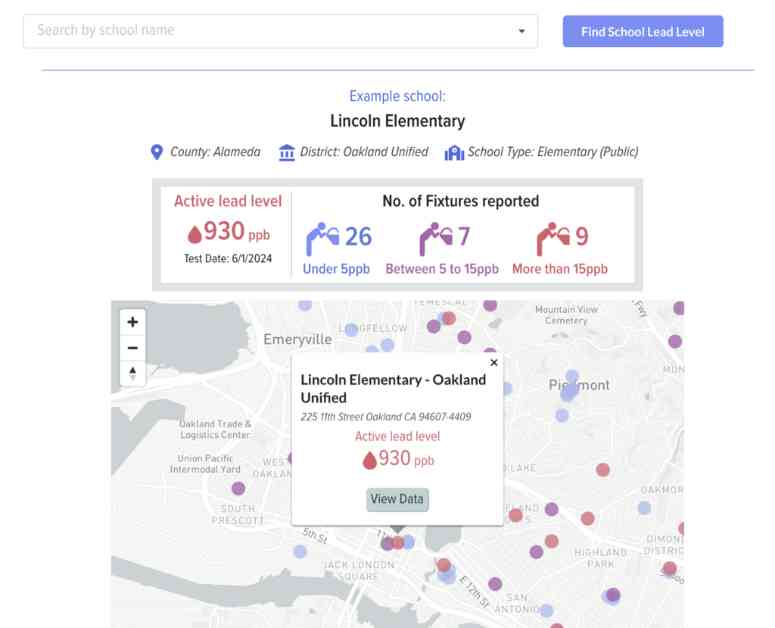California Schools Make Progress in Reducing Lead Levels in Drinking Water
In a comprehensive analysis conducted by the California State Water Resources Control Board, data collected from January 1, 2017, to September 24, 2020, sheds light on the efforts made by various school districts to reduce lead levels in their drinking water. Several districts, including San Bruno Park Elementary in San Mateo, La Mesa-Spring Valley in San Diego, Castro Valley Unified in Alameda, Encinitas Union Elementary in San Diego, Oakland Unified in Alameda, and San Francisco Unified, conducted their own water testing post-2020 to ensure safe drinking water for students and staff.
The updated map, compared to the one published by EdSource in 2018, now includes active lead levels at school sites and the number of fixtures that have been tested. It is crucial to note that California law mandates schools to take action if lead levels in their drinking water exceed 15 parts per billion (ppb). The most recent data available is as of June 27, 2024, reflecting the ongoing commitment of schools to prioritize the health and safety of their communities.
Importance of Safe Drinking Water in Schools
Ensuring that students have access to clean and safe drinking water is paramount for their overall well-being and academic success. Lead exposure, even in small amounts, can have detrimental effects on children’s cognitive development and long-term health. By taking proactive measures to monitor and reduce lead levels in drinking water, schools demonstrate their commitment to providing a healthy environment for learning.
Collaboration and Accountability
The collaborative efforts of the California State Water Resources Control Board and individual school districts highlight the importance of transparency and accountability in addressing environmental health concerns. By working together to gather and analyze data, stakeholders can identify areas for improvement and track progress over time. This shared responsibility ultimately benefits the entire community by promoting trust and confidence in the safety measures implemented.
Community Engagement and Advocacy
As community members, parents, and educators, it is essential to stay informed about the quality of drinking water in schools and advocate for necessary changes when needed. While the data presented in the analysis is a step in the right direction, it is equally important for individuals to actively engage with their local schools and district officials to ensure ongoing monitoring and mitigation efforts. By staying involved and informed, we can collectively work towards creating healthier and safer environments for all students.
In conclusion, the ongoing efforts to reduce lead levels in California schools’ drinking water reflect a shared commitment to prioritize the health and well-being of students. By continuing to monitor, test, and take action as needed, schools play a crucial role in creating safe learning environments for the next generation. Let’s work together to ensure that every child has access to clean and safe drinking water in schools.
